Saving Indiana Songbirds Starts in Our Forests
The diversity of birds is declining with the loss of their habitats. A new TNC project, Forestry for the Birds, brings forest managers and bird lovers together to promote the well-being of both.
Imagine this. You’re preparing for an epic road trip—one that will take you about 3,000 miles to complete. You’ll need to find rest stops, restaurants and hotels along the way, right?
Now imagine you weigh about the same as a penny and can only make this trip on your own wing-power. That’s the ruby-throated hummingbird’s migration journey to and from Central America to the Midwest region each spring and fall. And they’re not the only long-distance travelers that visit our states and Great Lake shores each year.

More than 300 bird species, from warblers to waterfowl, songbirds to raptors, migrate from Mexico, Central and South America, flying north to the U.S. and Canada to breed and nest for the warmer months each spring. Then, as the leaves begin to turn and drop for autumn, these same travelers head back south to warmer climates for the winter.
During these long journeys, many migrating birds follow a path in the sky known as the Mississippi Flyway, which roughly follows the Mississippi, Missouri and Ohio rivers. As birds follow the Flyway, they need to find places where they can rest, eat and shelter, seeking out rivers, wetlands, prairies, forests and other Midwest habitats to take their sanctuary.
Scroll down to learn how TNC’s critical restoration work across our Midwest preserves protects the vital habitats these birds need to survive. Then stick around for birdwatching tips and tricks and six things you can do to help birds in your area.
TNC protects habitats that are crucial for migratory birds throughout the Midwest region. Click on a white point to learn more about each preserve.
More than 40 species of birds, such as chestnut-sided warblers, breed here, making Baxter's Hollow one of the most important nesting areas for forest-dwelling birds in southern Wisconsin.
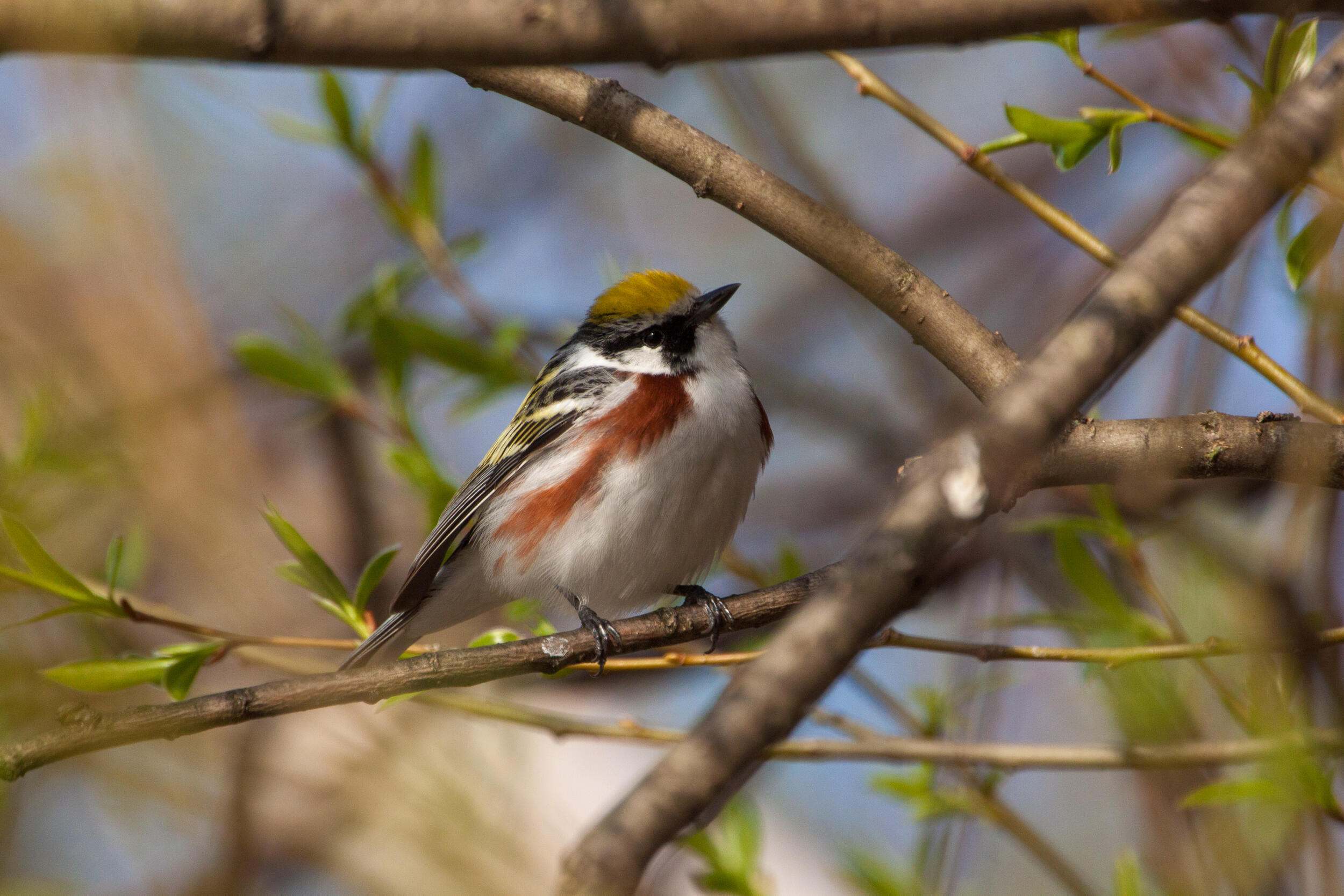
A remnant tallgrass prairie and savanna system, Barneveld Prairie offers excellent grassland bird watching: upland sandpiper, bobolinks, meadowlarks and more.
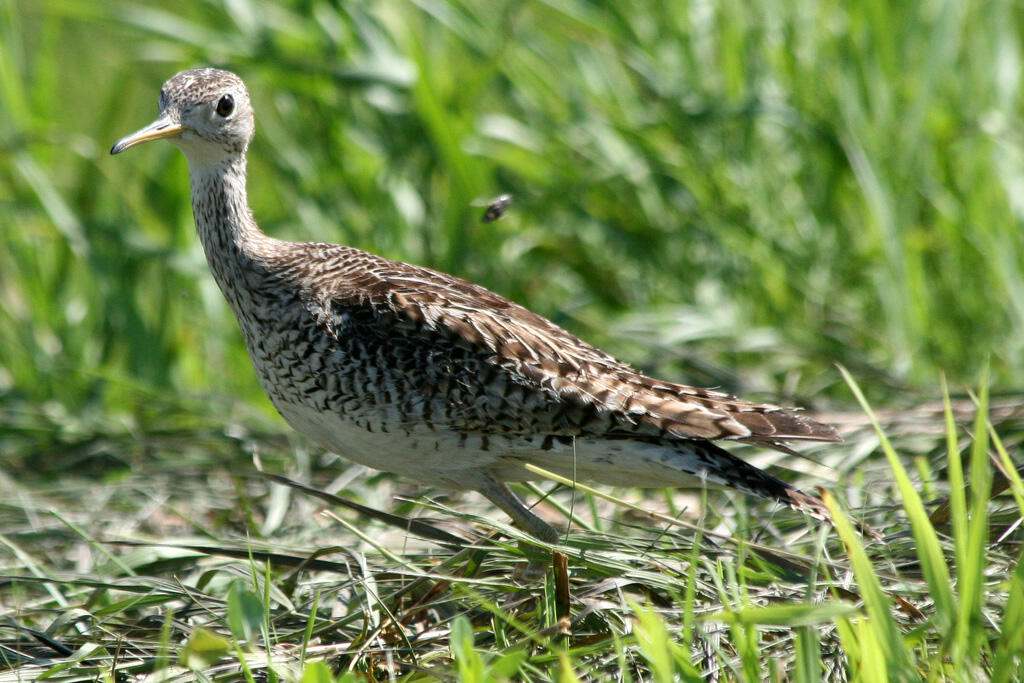
Just inland from the rock beaches, forest thrives in this cool, moist climate, providing habitat for many migratory birds like warblers, raptors, waterfowl and more.

Recognized by eBird as one of the top 10 hotspots in Michigan, birders have spotted at least 255 bird species at our Erie Marsh Preserve. Each spring, it serves as a migratory and nesting area for shorebirds, waterfowl, land birds and, in the fall, raptors.
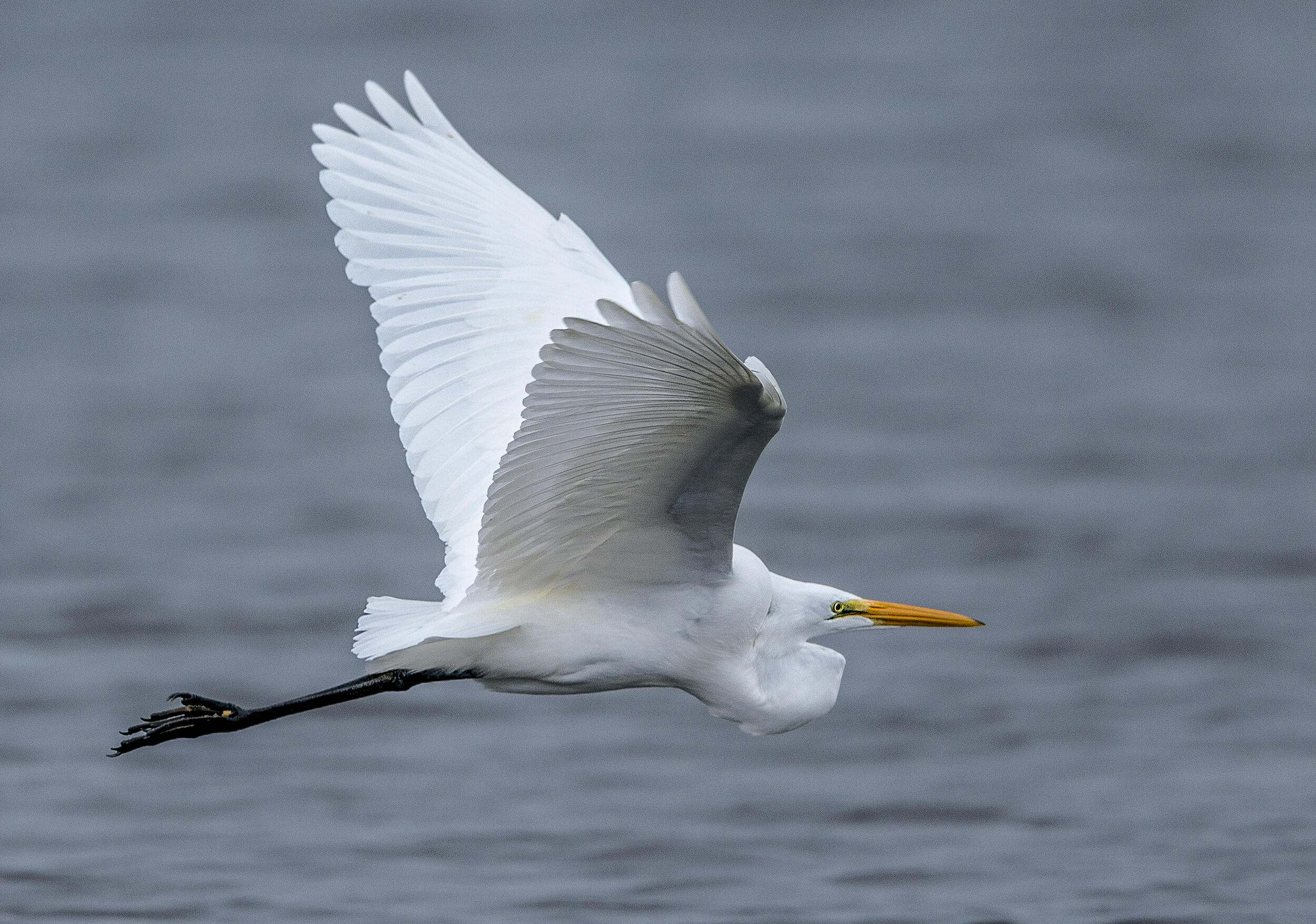
Kitty Todd is home to roughly 140 native bird species, including migratory birds like the Swainson's thrush, ruby-crowned kinglet, yellow-bellied sapsucker and Tennessee warbler.

In the rolling foothills of the Appalachian Mountains at the Edge of Appalachia Preserve, migratory birds like prairie warblers find refuge to rest and forage on their journeys.

The chestnut oak woods on the dry slopes of this preserve offer crucial habitat to forest interior birds like the yellow-billed cuckoo and whip-poor-will, which depend on large, intact forests to survive.

A mecca for many birders, Kankakee Sands provides habitat for more than 240 bird species, including such rare species as the Henslow’s sparrow, northern harrier and least bittern.
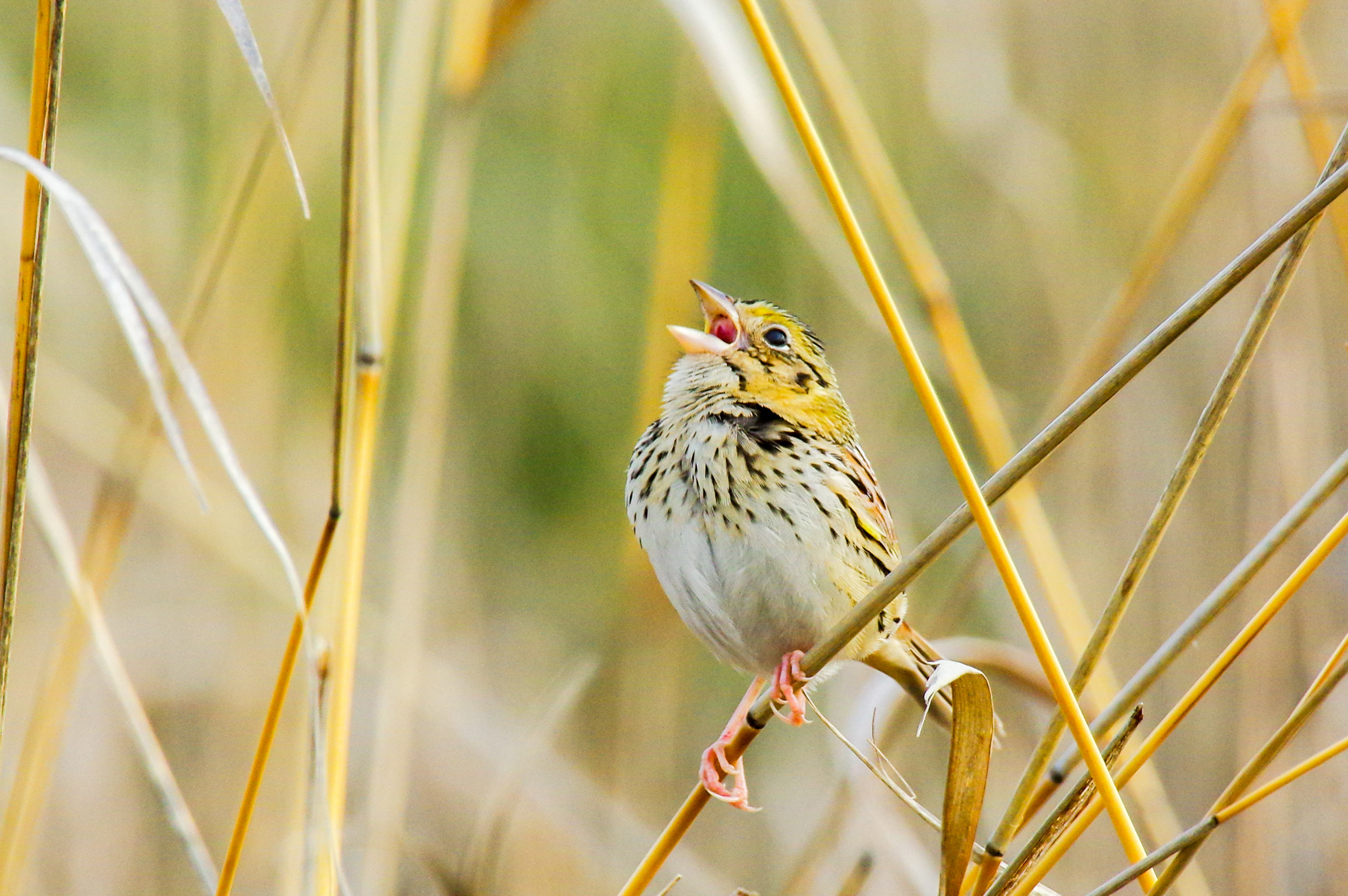
Watch for the bright blue flash of the indigo bunting, a neotropical migrant, as it forages for seeds and bugs among Nachusa's prairie grasses and oak savannas. Dickcissels, Henslow’s sparrows and other grassland birds are also abundant here.
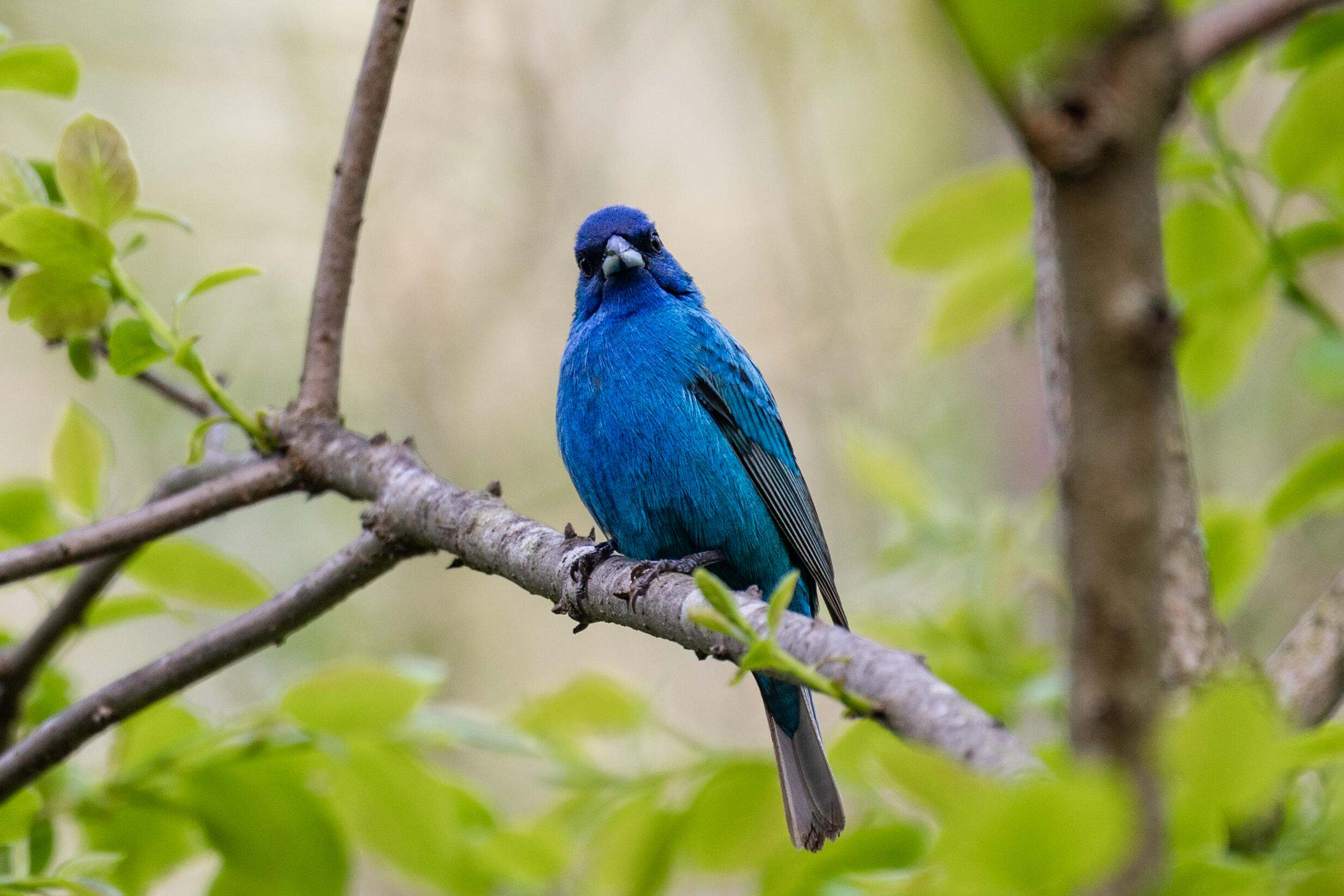
Each year, hundreds of thousands of snow geese, tundra swans and other waterfowl stop at Emiquon on their way to breeding grounds further north.
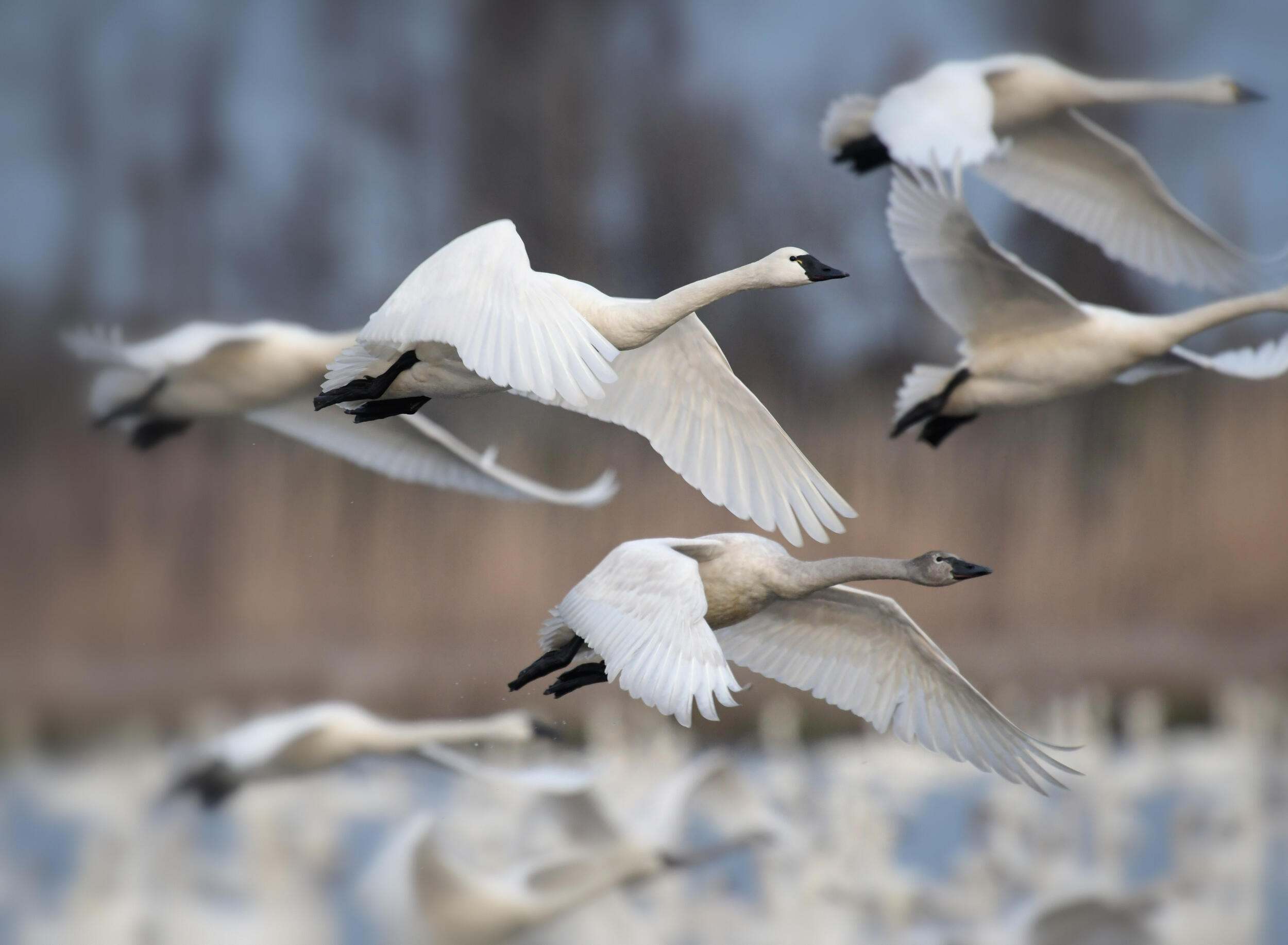
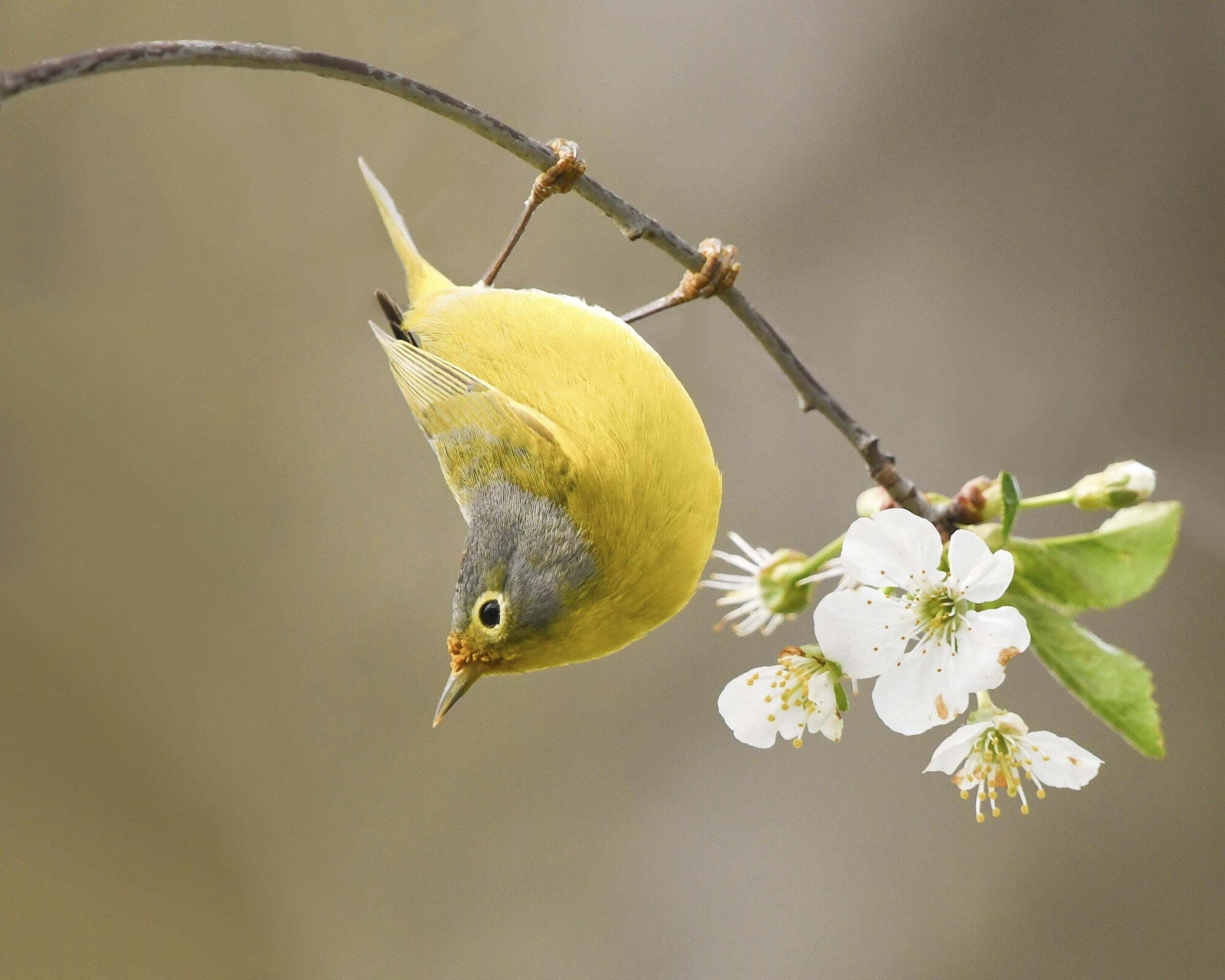
To support the full life cycle of many migratory species, we must conserve a network of protected stopover sites in the Midwest. These spaces range from small city parks to vast forests and provide places for migrating birds to rest, feed and raise their young.
However, development, habitat fragmentation and climate change have significantly reduced the number and size of these natural areas, contributing to a drastic decline in some populations of migratory birds over the last 30 years.
In the Midwest, TNC is addressing habitat loss impacting migratory and native birds through on-the-ground conservation efforts and advocating for policies that protect both habitats and wildlife. By protecting and restoring wetlands, rivers, lakes, prairies and forests, TNC is helping reconnect fragmented habitats that birds and other wildlife need to survive.
Click on the boxes below to discover how TNC's work is making a difference.
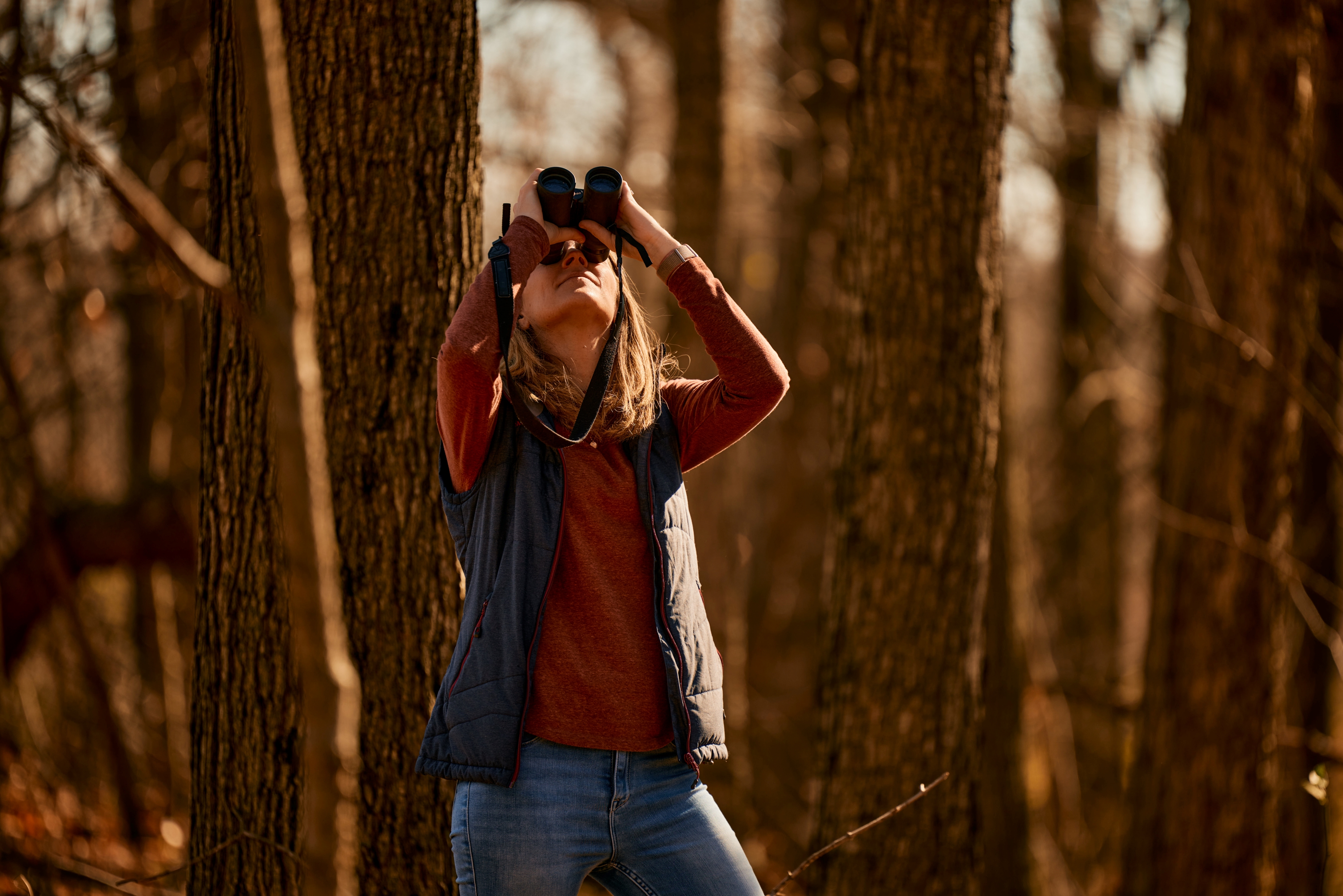
Spring is the best time to pick up your binoculars and get outside to spot migrating birds. Situated in the Mississippi Flyway, the Midwest is a major migration path for more than 300 bird species that travel along a north-south corridor from Central and South America to the Great Lakes region. Below are a few birds to look for as they migrate.
Probably the most well-known birds of the spring migration, warblers are small songbirds that spend their summers in the Midwest and Canada. Many warblers spend most of their time far up in the tree canopy, so learning to identify these birds by their calls and songs can help you know where to look for them! Click the photos below to learn a little more about each bird.




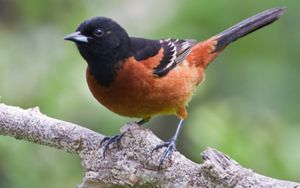
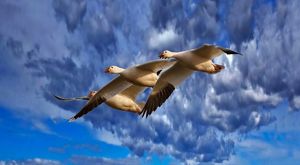
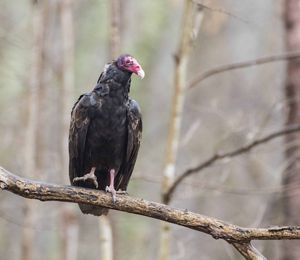
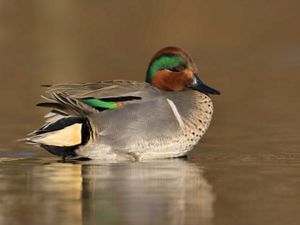
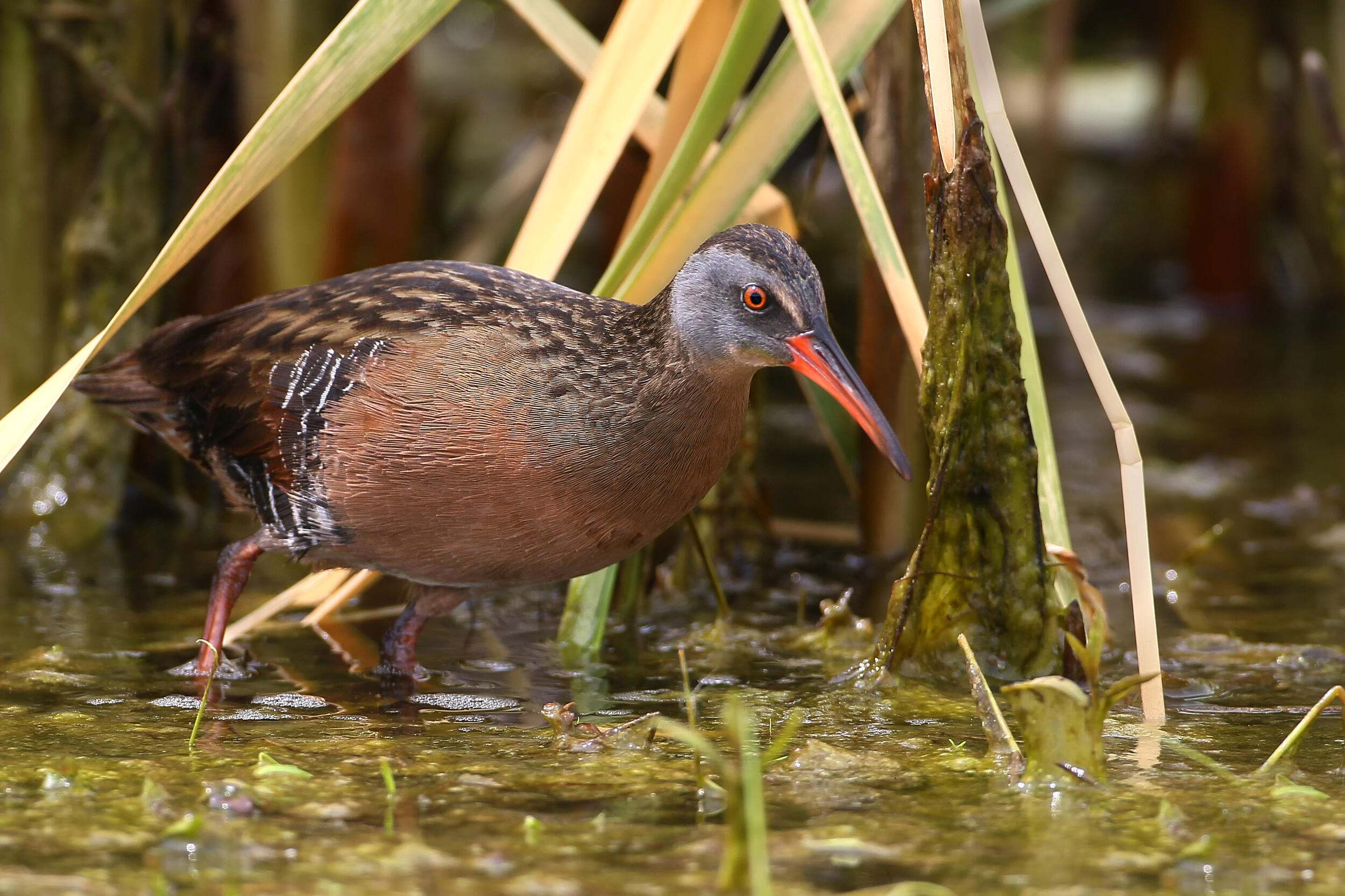
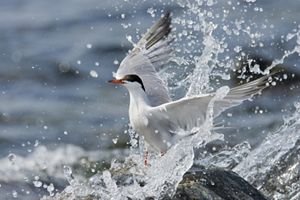

Yellow-billed cuckoo: These forest birds are rarely seen, but their long knocking call is often heard in the Midwest forests in the spring and summer. © Matt Williams

Dickcissel: As grassland birds, dickcissels rely on restored and native prairies for nesting in the Midwest each summer. © Mike McDowell

Indigo Bunting: Fairly common throughout the Midwest, look for indigo buntings on the tallest perches in weedy fields and shrubby forest edges. © Fauna Creative

Common Nighthawk: Common nighthawks blend into their surroundings and are easiest to see at dawn and dusk as they forage for aerial insects on the wing. © Scott Copeland

Orchard Oriole: While the males sport black heads and deep rust bodies, female orchard orioles are yellow-green. © Dan Pancamo

Snow Geese: Traveling in immense and noisy flocks, snow geese can be spotted in the Midwest as they fly to the Arctic Circle for their summer breeding season. © Gordon Lass

Turkey Vulture: A common sight throughout the Midwest, turkey vultures only spend their summers in the region, heading south from the U.S. to South America in the winter. © Rick Conner

Green-winged Teal: The smallest dabbling duck in North America, green-winged teals breed along northern rivers in the Midwest. © Shutterstock

Virginia Rail: A secretive bird, you can find Virginia rails in freshwater wetlands and marshes in the northern Midwest. © Shari McCollough

Common Tern: The best place to spot common terns in the Midwest is around the shores of the Great Lakes, where some will settle to nest for the season. © kyle kusa/TNC Photo Contest 2019
If you want to begin birdwatching, you really don’t need any special equipment. Going outside to look and listen for birds is really all that’s required. But, if you want to up your game, here are a few things that are nice to have when you’re birdwatching:
Binoculars: Having a pair of binoculars to help you see birds up close is important as you’re learning how to identify bird species. The good news is you don’t need to spend a ton of money. Any kind of binoculars will work—as long as they make faraway things look closer and work for your needs.
Field Guide or Mobile Bird ID App: Field guides and bird ID apps help you identify birds and give you basic information on their life histories, ranges, seasonality and more. Plus, some mobile apps, like Merlin Bird ID from Cornell Lab of Ornithology, give you the opportunity to identify birds by their songs and calls, too! These apps will also create a list for you, as you use them to identify birds. It’s a great way to keep track of what you’re seeing!
Journal or Notepad: Writing down the birds you’re seeing and hearing each day can help you learn to identify birds faster and help you get a sense of when to expect which species. You can also record any other nature observations you make each day, giving you a picture of what the natural world does around you from season to season and year to year.
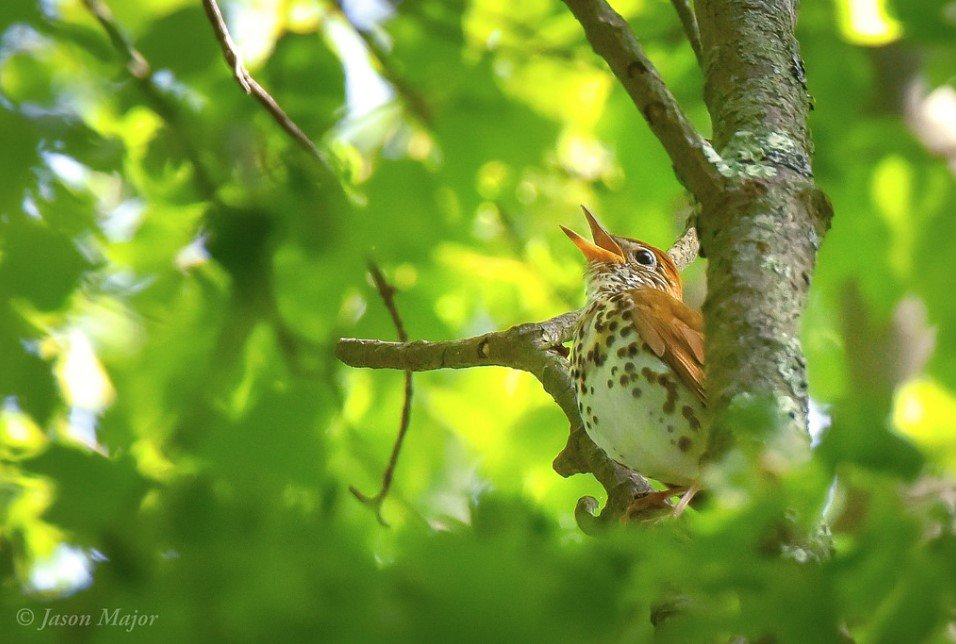
Sometimes, the best way to find a bird is by following its songs or calls. However, if you’re new to birding, figuring out which bird is making a sound can be incredibly intimidating. Don’t let that deter you, though!
Learn what common birds around you sound like. For instance, learning the different calls of northern cardinals, blue jays or northern mockingbirds can help you learn what to listen for. Plus, it can help you eliminate those calls if you’re trying to follow a specific bird.
Download phone apps like Merlin Bird ID that have libraries of birdsong recordings. They can even listen to a bird and tell you what it probably is! You can also explore websites like All About Birds, which have libraries of bird call recordings.
Join a local birding club or go on birding hikes at your local nature center or park. These are great ways to connect with other, more experienced bird watchers in your area and learn directly from them!
Reference field guides. Birding guides often include a mnemonic or phonetic spelling of bird calls to help you learn and remember them. For instance, the call of barred owls sounds like “Who cooks? Who cooks? Who cooks for you?”
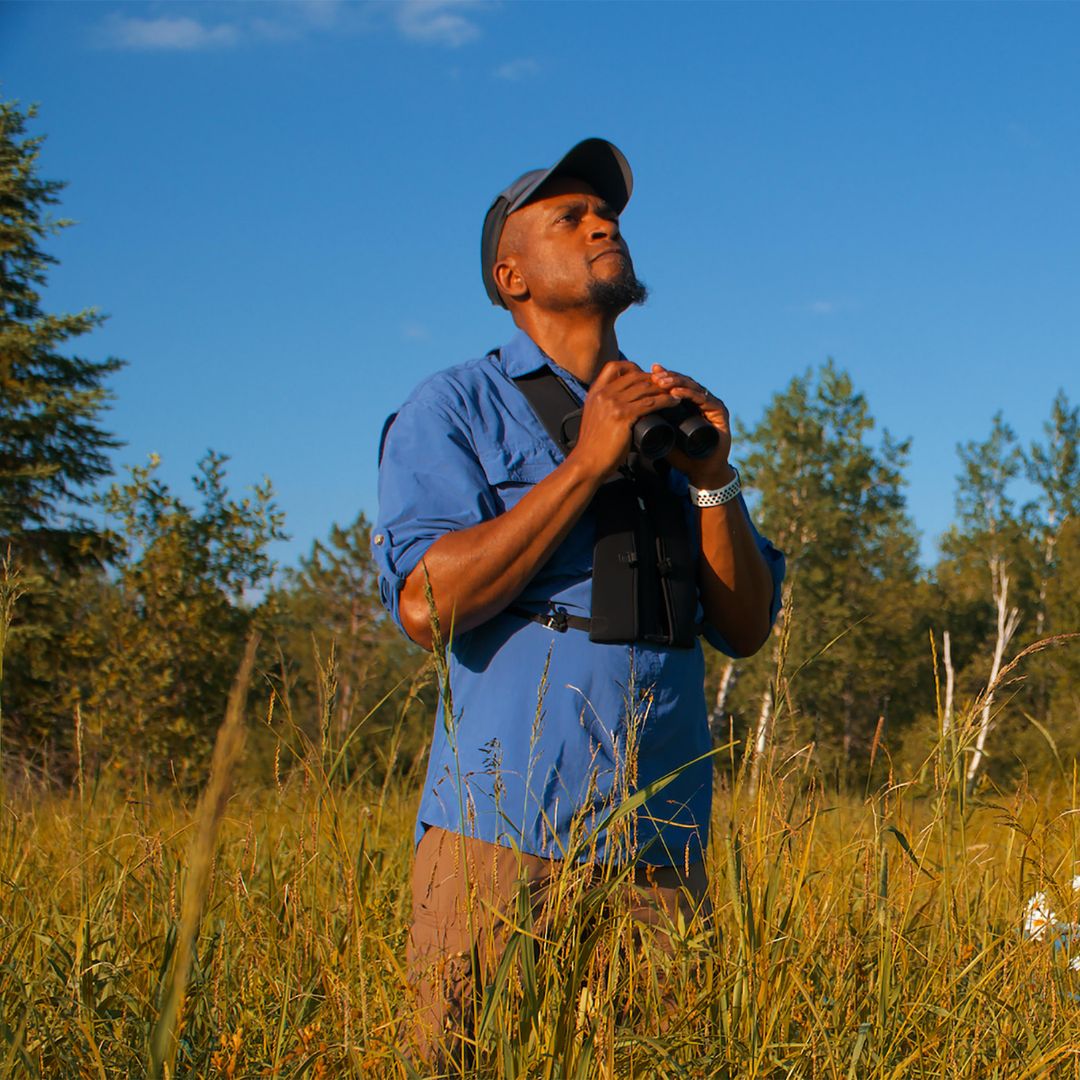
Monitoring bird populations is crucial to protecting them. Community bird watchers—like you—can record the birds you see and submit them to organizations like eBird or the Great Backyard Bird Count.
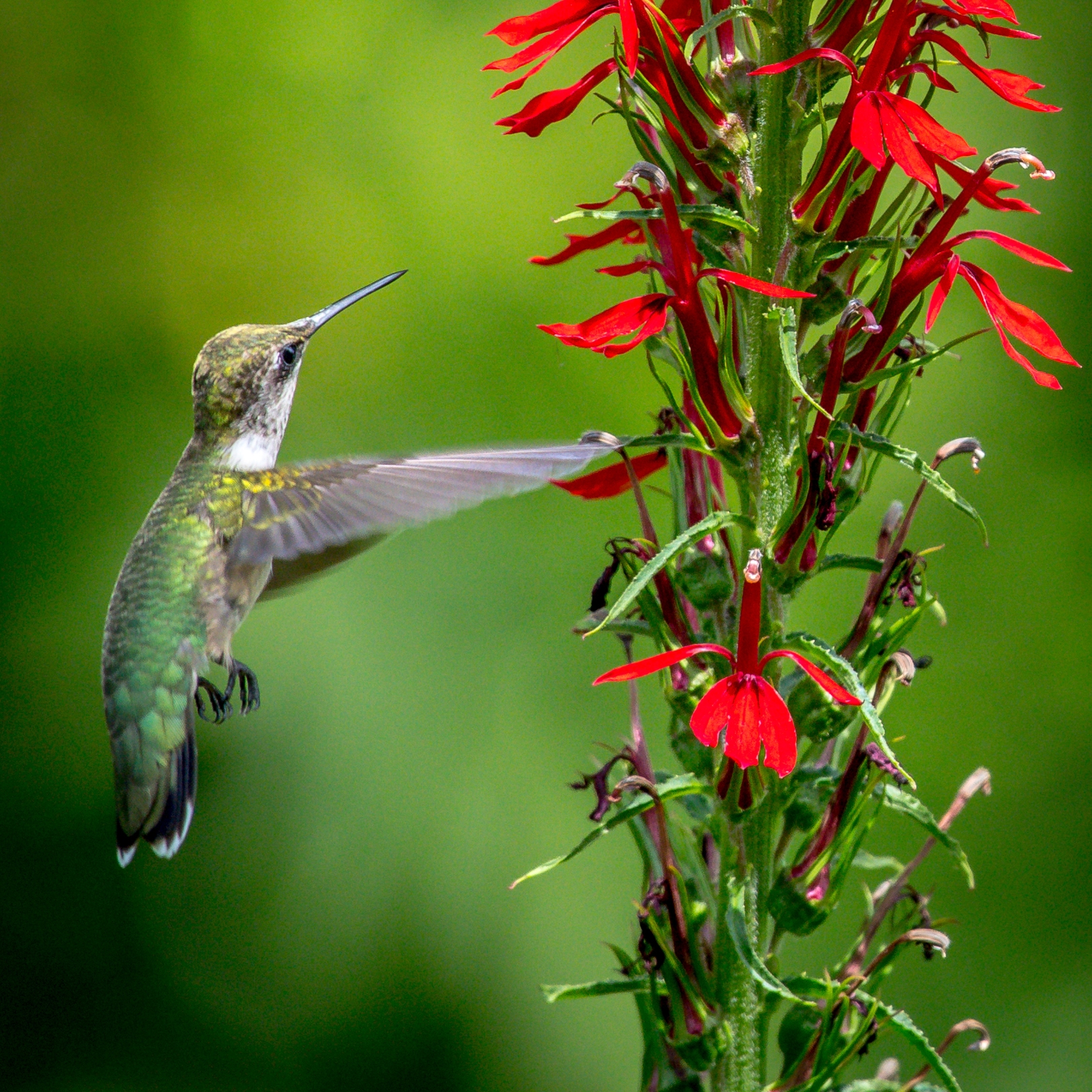
Birds depend on native plants for food, both for the insects on the plants and the plants' nectar, seeds or fruits. Planting native plants can help birds find respite and food throughout the year.
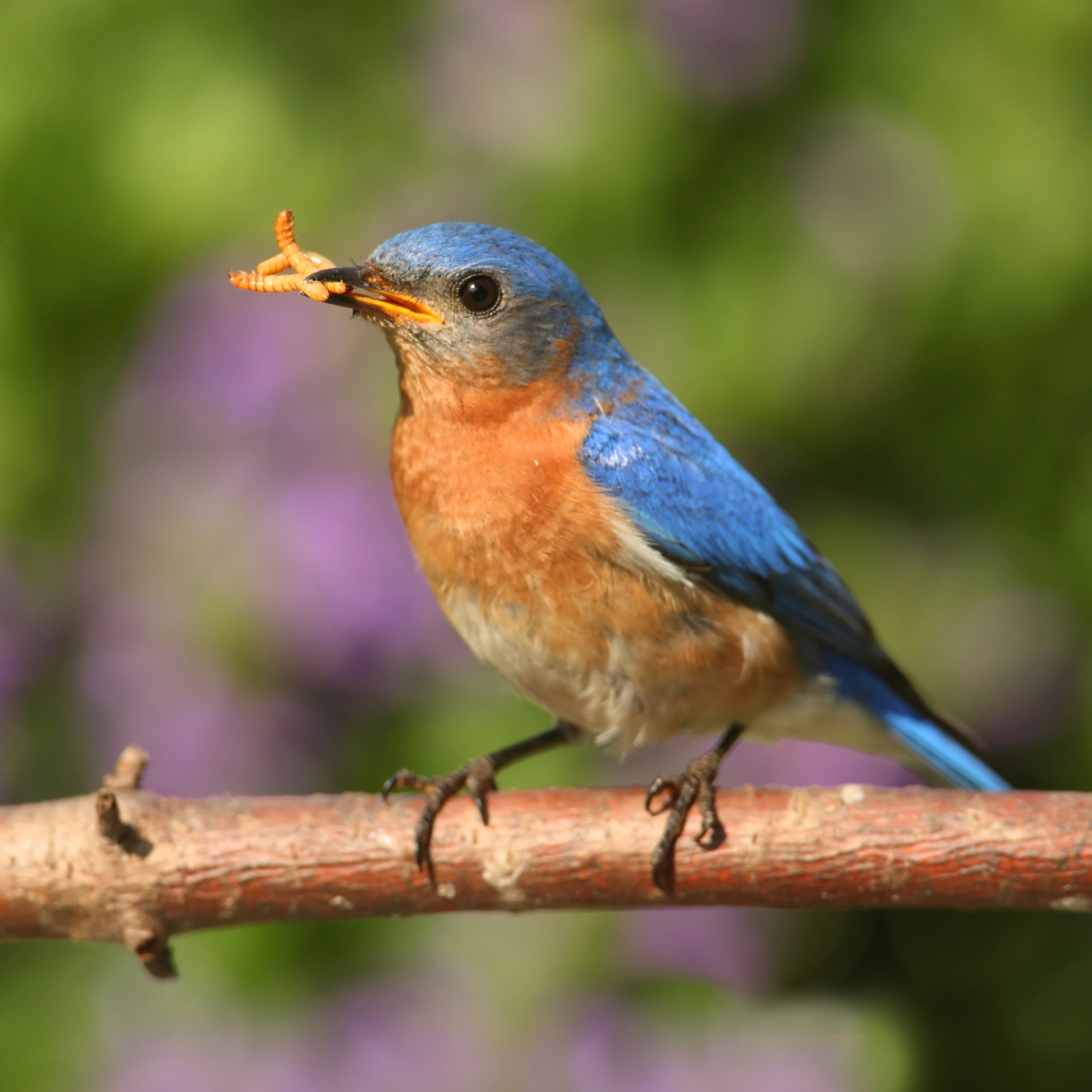
Many birds depend on insects for food and to feed their young during the summer. By avoiding the use of pesticides, you can help ensure there are plenty of caterpillars, beetles and other insects for birds to eat.

It's estimated that more than one billion birds die each year due to window collisions. You can make sure your windows are safe by adding screens, strings or decals on the outside of your windows to break up their reflective surfaces.

Many species of birds migrate by night, using the stars to navigate. Outside lights, like porch lights or floodlights, can disorient these birds and throw them off course. Turning off outside lights can help migrating birds stay safely on course.
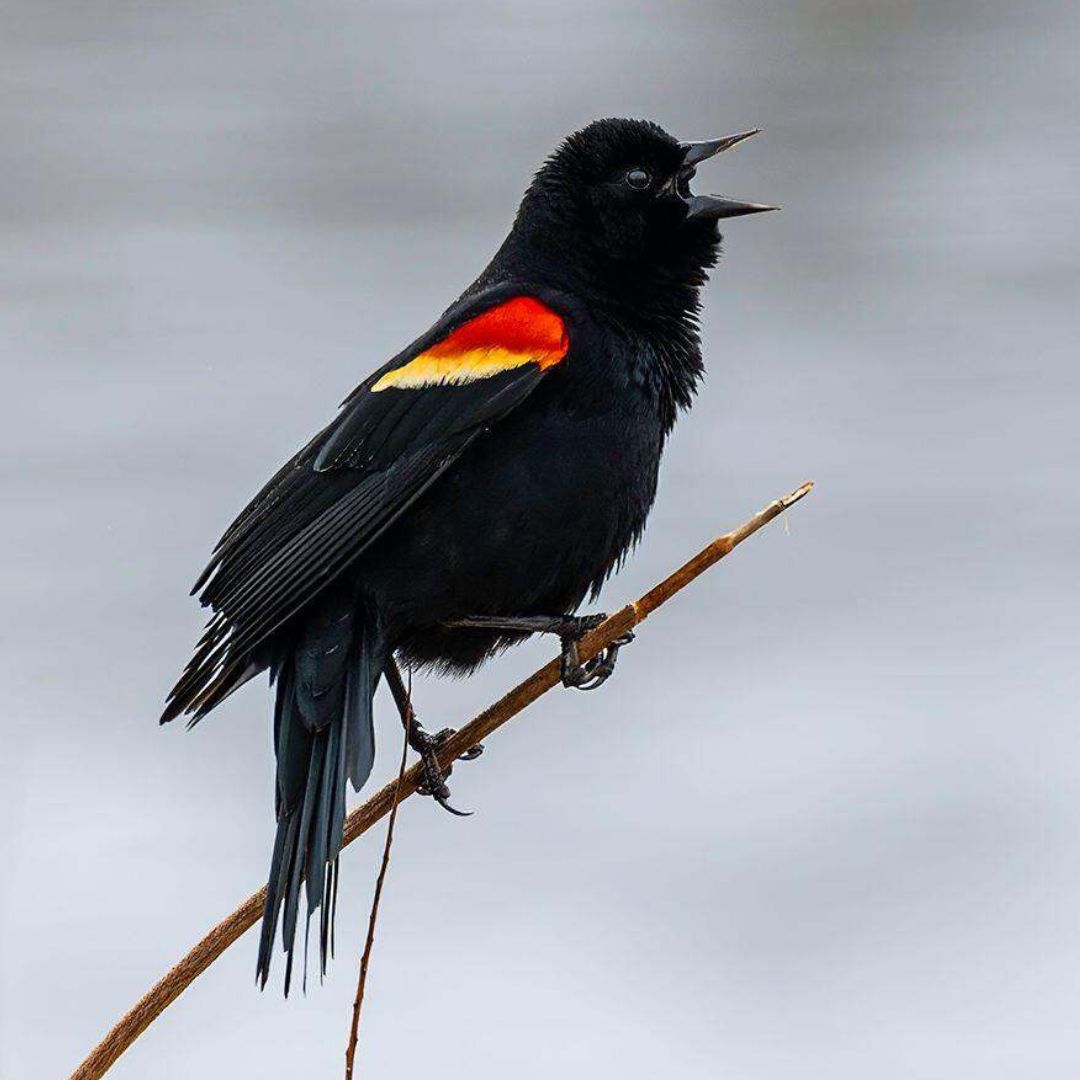
Contact your elected officials or pledge to take action to advocate for birds and nature. Together, we can protect the natural world and ensure our planet thrives. Take Action

Get global conservation stories, news and local opportunities near you.
Discover more TNC stories throughout the Midwest and beyond.